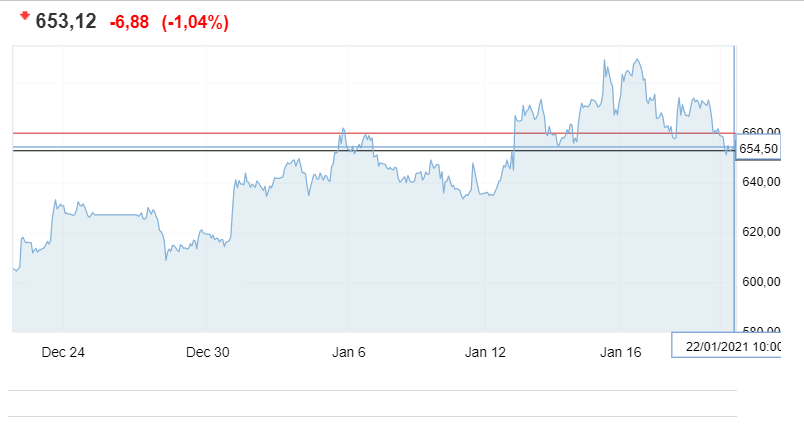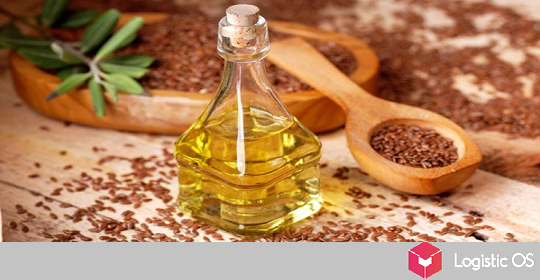In the first decade of January 2020, Russia sent 0.63 million tons of wheat abroad, then in 2021 this value was 1.1 million tons.
Exporters are expected to ship up to 3.3 million tons of grain in January, including 2.8 million tons of wheat.
All other crops in the new year «sagged»: corn was sold in the first half of the month by 90% less than in the same period in 2020. Barley shipments were cut in half.
All the «purchasing capacities» of foreign countries are now mainly focused on wheat. The reason is obvious — duties and quotas on its exports, which will take effect in February.
Wheat prices in the world markets remain at high levels
Although the price dropped slightly below the highs of January 16, 2021, wheat is currently trading at $ 280-290 per ton , and futures contracts for delivery in March are quietly concluded at a price of $ 300 per ton ton.

Russian manufacturers have an advantage in the cost of freight to the countries of North Africa and the Middle East, so a price of $ 300 may be acceptable.
Against this background, a number of experts believe that the imposed duties (25 euros per ton of wheat within the quota, 50% (at least 100 euros per ton) in excess of the quota) can be perceived by the market quite “calmly” and simply included in the price of a ton of grain. In the change in the price of wheat, which took place over the past week (from 260 to 280-290 dollars), it is difficult not to «see» the very duty of 25 euros.
At the same time, Egypt’s cancellation of the January tender for grain purchases due to the high proposed prices speaks volumes.
At the moment, the price of a ton of wheat is the highest since 2014. And export in January is the maximum since 2018.
The question is different: incomes of agricultural producers are falling anyway — by the spring sowing it is necessary to buy fertilizers, plant protection products, equipment. All this increases in price, and incomes decrease.
Let’s add to this the increase in utility rates and other components of the agricultural business.
And the south of Russia, for example, is focused on the production of high-protein grain, the costs of which are much higher, and enterprises have invested heavily in the creation of export infrastructure.
Losses of farmers from the measures taken are tentatively estimated by experts at 200 billion rubles.
If the duties are aimed at supporting livestock breeders, then they buy feed grain that is not exported.
And the rise in prices for bakery, dairy, meat products does not come from the rise in prices for grain: it is gas, and water, and electricity, and wages, and trade margins.
It is necessary to consider the situation as a whole and, already based on the general picture, take measures aimed at stabilizing prices.
Another disadvantage of this situation is that it “cleans the market” of small exporters: in 2019 there were 98 of them, and now there are only 44. And the more the authorities put pressure on producers, the more the market is monopolized.
In this situation, the Grain Union of Agricultural Producers made an appeal to all sectoral unions to apply with a consolidated demand for a meeting of representatives of the crop business and exporters with members of the Russian government, where they plan to discuss the consequences of the measures taken by the state.

